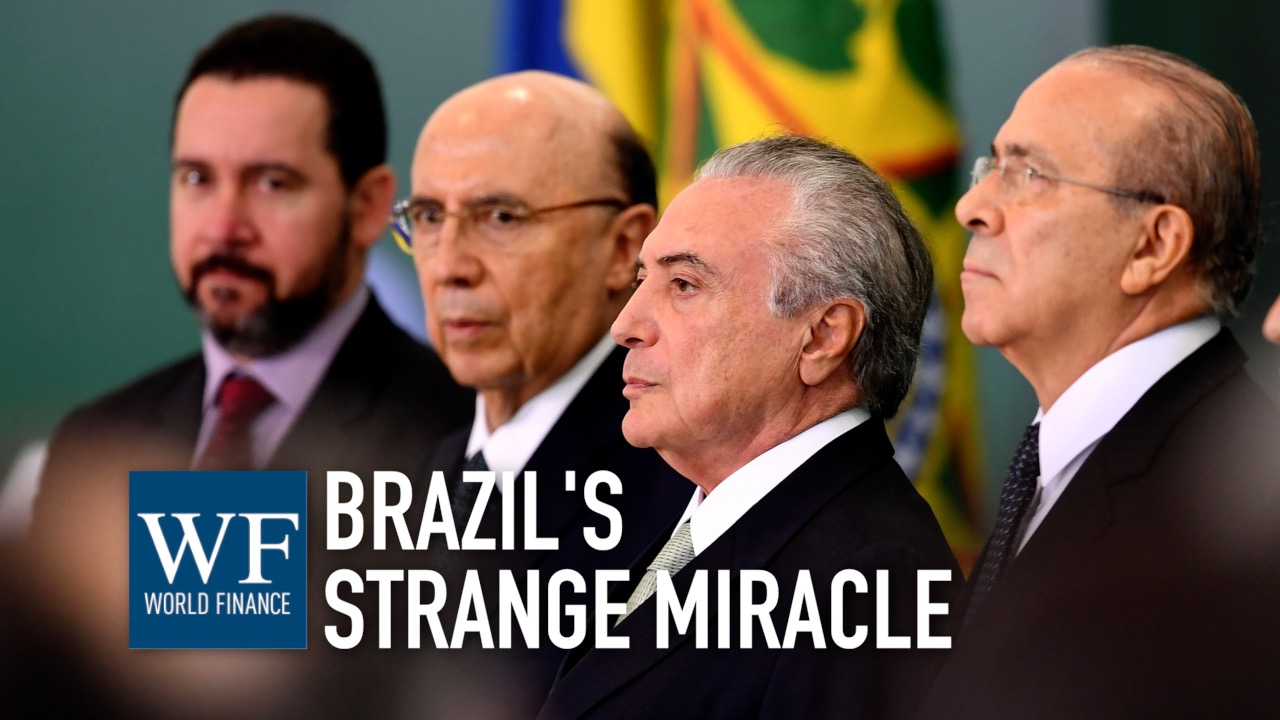Empresta Capital adopts SPM standards to gauge social investment impact
Social Performance Task Force's universal standards for Social Performance Management will help Empresta balance social impact with attractive returns, explains Ricardo George Assaf
Related:
Transcript
Investors in Brazil are looking to alternative investments for decent returns, as the government’s bond rates have dropped from 14.5 percent in 2016 to an expected seven percent by the end of 2017. One of those alternatives is Empresta Capital, which combines social impact with attractive returns. Founder and CEO Ricardo George Assaf explains that after the company carved out its niche – supporting underserved small and micro-entrepreneurs in the condominium sector – it realised that as well as returning good growth, its investments were having a good social impact. But how to measure that impact? Enter the Social Performance Task Force, whose standards Empresta is adopting in 2018.
World Finance: Introduce us to Empresta Capital: what do you do?
Ricardo George Assaf: Empresta Capital is a financial institution, regulated by the central bank, that mainly focuses on small and micro-entrepreneurs all over Brazil.
We’re almost like a private bank, but upside-down: offering highly specialised financial solutions, but to the bottom of the pyramid.
Back in 2004, when we started the business, microfinance wasn’t explored at all in Brazil – despite the size of the market. So that created an interesting opportunity for the sorts of company such as Empresta Capital.
Today we have a portfolio of roughly 12,000 active customers, and more than 70,000 credit operations. And we try to differentiate ourselves with the knowledge that we have in the niches where we operate.
World Finance: What are those niches? Who are the micro-entrepreneurs you’re working with?
Ricardo George Assaf: Empresta Capital focuses on one niche, which is condominiums. Because we noticed there were a lot of small and micro-entrepreneurs that were servicing those condominiums; so we decided to finance those kinds of projects.
To give you an example, we have companies that install alternative sources of energy in buildings, such as solar energy, or even wind energy in certain areas of Brazil.
We also do have not only the small companies, but also individuals that are not formalised, but have some sort of entrepreneurship within those condominiums, either in sustainability projects, or create a high impact on the community that they work.
World Finance: Now there is a misconception that social investments necessarily have a lower return than more traditional ones; how are you working to dispel this myth?
Ricardo George Assaf: You’re absolutely right. When you talk about social impact or sustainability, the first thing that would come to an investor’s mind would be an NGO, or donations. And the other way around is also true; when you talk about high impact investments, concepts such as social impact do not come.
We didn’t realise, to be honest that we were doing a lot of social impact investments, and also financing a lot of sustainable projects. So to answer your question, I think the first thing was to realise we were doing that; and the second was, how to actually show the investors, measure that?
World Finance: So answer that question for me; how do you show that to investors? How do you measure the social impact you have?
Ricardo George Assaf: We spoke to other microfinance institutions; developed microfinance institutions. And we came across a very interesting project called Social Performance Task Force. It’s actually an international organisation that sets standards on how to measure, and how to show social impact.
This is quite recent; we’re implementing it 2018 in Empresta Capital. And that goes from the customer level up until the board level. And it helps you balance the financial return that you have with the social impact you’re causing, or the sustainability you’ve been financing.
World Finance: What opportunities exist for Empresta on the horizon?
Ricardo George Assaf: We’re looking at two main areas. The first one being technology; a lot has been said about fintech, new technologies, new business models coming along with technology; but we believe the real value won’t come from the technology stand-alone, but by mixing those propositions or business models into a new customer value proposition.
So for instance, we’ve been investing in a self-service app, but we’re linking to a big data analysis solution. So mixing different kinds of business model into one customer value proposition.
The second area is services. There’s a lot of opportunity for us to cross-sell different kinds of services to our customer base, which is needy of financial, specified financial solutions. So for instance, micro-insurance, assistances; services that are quite cheap, with a high perceived value for the customer base that we have. That’s what we’re looking at right now as well.
World Finance: Ricardo, thank you very much.
Ricardo George Assaf: Thank you.

 Start In Malta: New residency option offers support and funding to non-EU innovators
Start In Malta: New residency option offers support and funding to non-EU innovators Brazilian capital markets recover after government’s economic U-turn
Brazilian capital markets recover after government’s economic U-turn
